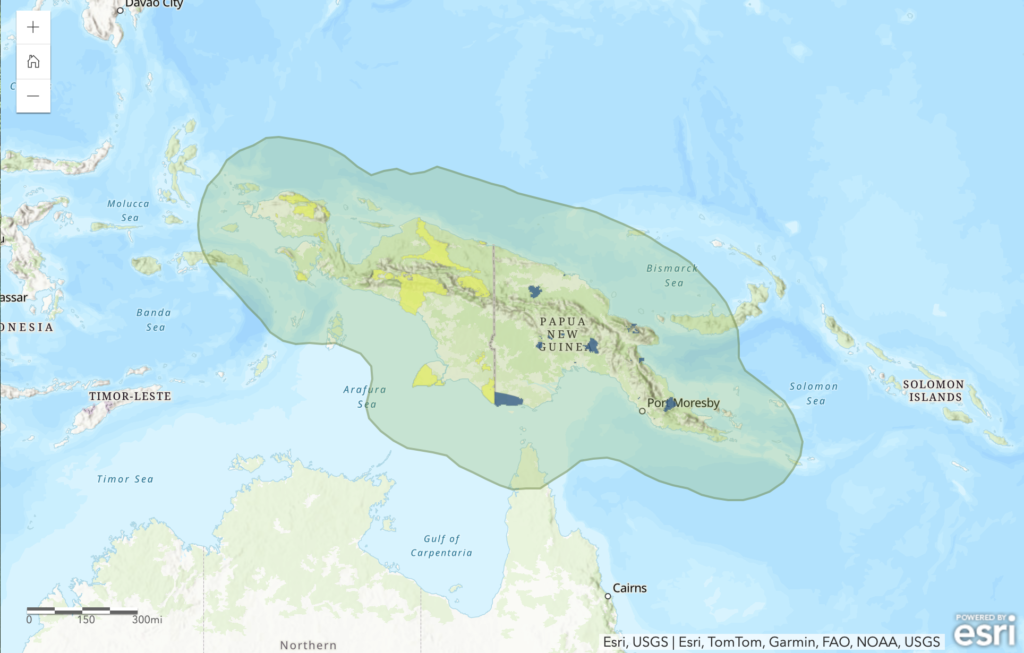Oceania World Park
One possibility for the Oceania World Park is the island of New Guinea, which is home to some of the largest expanses of natural landscape and wilderness in Oceania.
As increasing industrial activities and climate change creep further into this ecosystem, it becomes even more important to conserve it.
The entire island is an ideal candidate for a World Park due to its limited infrastructure, high ecological and biological diversity and global potential for mitigating climate change.
Scroll down to explore how World Parks, Inc. is working to create the Oceania World Park.
The island of New Guinea is a biodiversity hotspot with mountains, forests, deserts and even a glacier.
With a high number of endemic species (found nowhere else on the planet) and nearly two-thirds of the island covered with forest, this is a prime location for the Oceania World Park.
There exist many protected areas on the island (as highlighted here), however, connecting these areas would create a massive wildlife corridor and intact ecosystem.
By building off of existing conserved and protected areas, we are expediting the process of large-scale landscape conservation by filling in the missing areas of interest.
Scroll down to explore how World Parks, Inc. is defining the Oceania World Park.
Ecologically speaking, it is more beneficial to have larger, connected areas of protection than to have smaller, disjointed areas.
Based on an assessment using data from the UN Environment Program and the Integrated Biodiversity Assessment Tool, this proposed World Park would include over 5,900 species on the IUCN Red List, nearly 150 existing protected areas and more than 150 Key Biodiversity Areas.
The Oceania World Park will cross international borders and cover the entire island of New Guinea, which is over 300,000 square miles of primary forest, river systems and mountain regions.
We see this as necessary to ensure the world meets the conservation goals set out by the global scientific community.


